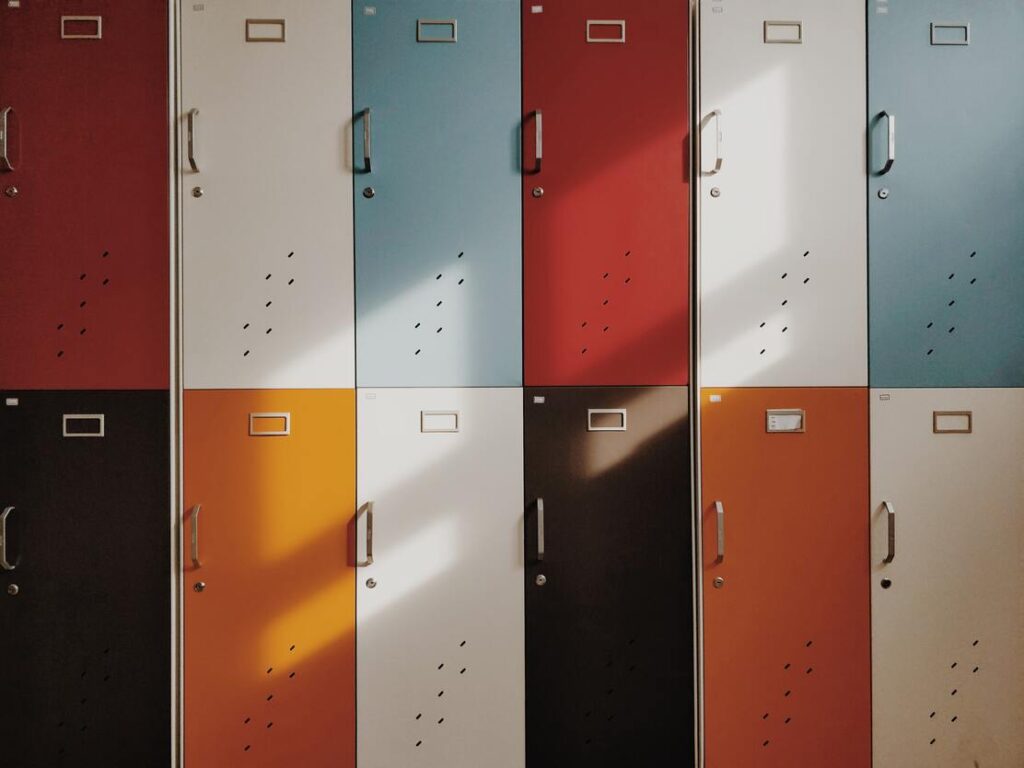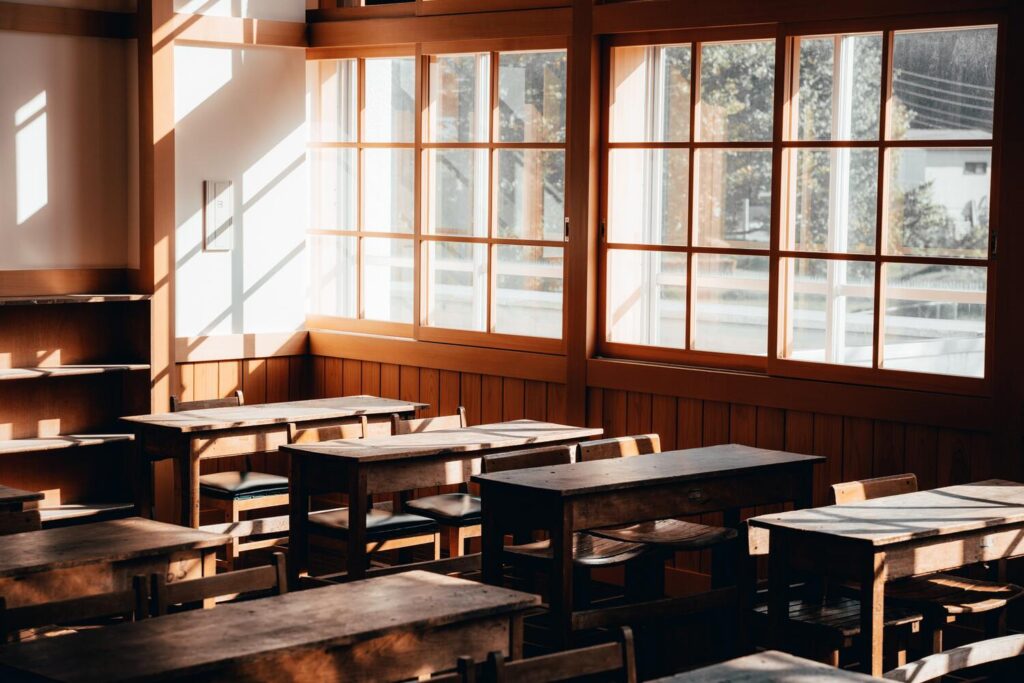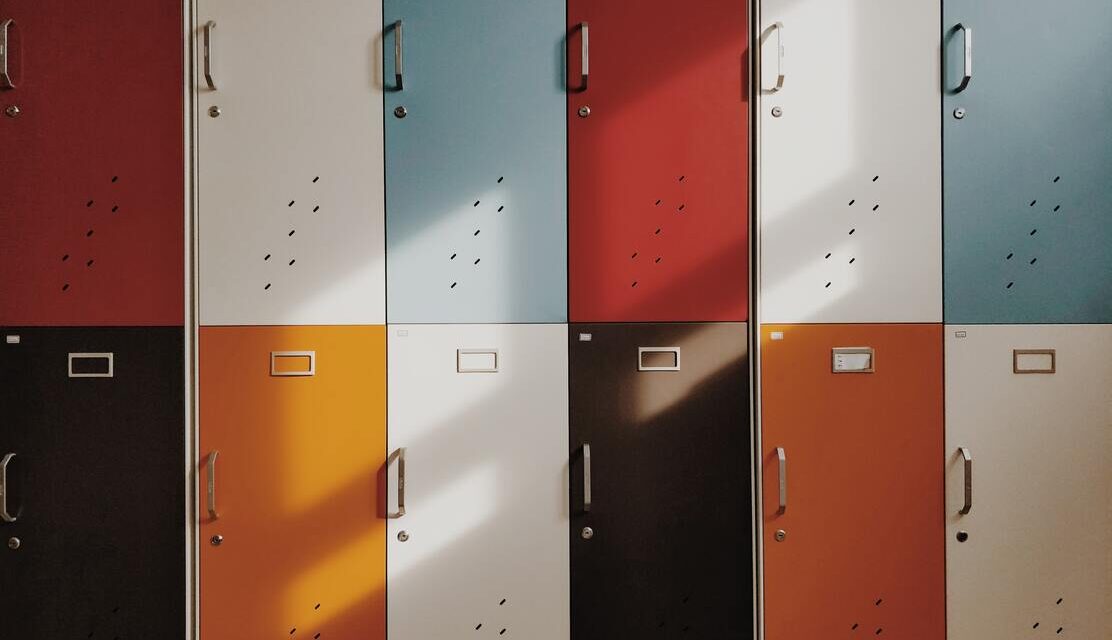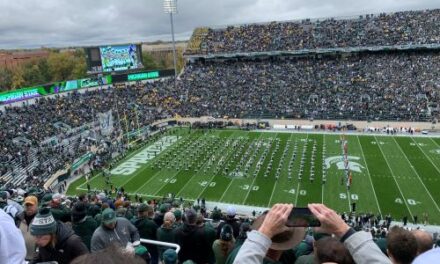
Associate Editor Connor Yeck: It’s September again, and here at The Cincinnati Review we find ourselves falling right back into the school-year rhythm—campus brimming, construction grinding away, and somewhere just down the hall from the CR offices, a lecture droning on and on.
When thinking of how to kick off a new year of blogs (and specifically the return of “What’s Poetry Got To Do With It?”), it felt like a perfect chance to look at the idea of back-to-school, and how poems and poetry tackle classrooms, teachers, and waiting for the bell.
I like to think poetry (and creative writing at large) has a natural connection to school. It’s often where we first encounter the genre beyond simple rhymes, and where we’re seriously asked to explore its creative and scholarly potential (who doesn’t still have a bit of a trauma from being tasked with interrogating a tricky poem, à la Billy Collins?)
Of course, with school come boundaries: page limits, dress codes, what’s allowed to be said or written, not to mention the many ways time is measured—period, semester, half-day, break, lunch, or recess. It’s this last notion I find fascinating, as it’s hard to think of a purer demarcation of time than in school and after school, with more than one poet taking up the dreamlike quality of waiting for class to end.
In Philip Levine’s “M. Degas Teaches Art And Science At Durfee Intermediate School, Detroit 1942,” our speaker describes a growing sense of entrapment as fellow students fail to answer a teacher’s enigmatic question. Where once was hope (“I believed / that before I knew it I’d be / swaggering to the candy store”), there grows a sense of dread, with time seeming to slow, almost stop:
M. Degas
pursed his lips, and the room
stilled until the long hand
of the clock moved to twenty one…I looked back for help, but now
the trees bucked and quaked, and I
knew this could go on forever.
A similar stalemate is considered in “The Hand” by Mary Ruefle. In particular, the eternity of waiting out an unanswered question inspires a sort of meditative, wandering attention we’re all too familiar with in moments of boredom:
You don’t raise your hand and there is
some essential beauty in your fingers…
Outside the window, on an overhanging branch,
a robin is ruffling its feathers.
Even those in charge are seen to lose their train of thought on those late spring afternoons, as when Kenneth Koch observes: “The teachers themselves / stare out of windows, / remembering April.” Here, the status quo of teacher-as-a-source-of-boredom, or even teacher-as-antagonist is flipped, but this inversion might be a rarity in the greater scheme of school-focused poetry.

In fact, writing during school can naturally lead to tension. Here’s a creative form being taught, learned, and analyzed within an institution, a space largely defined by rules, hierarchy, and the elusiveness of a “right” answer.
It’s no surprise some authors turn to these realities as a catalyst to more deeply explore their own craft. Take Langston Hughes’s “Theme for English B,” whose opening lines—“The instructor said, / Go home and write / a page tonight. / And let that page come out of you— / Then, it will be true”—set up a reckoning with identity and writing’s revelatory power. Hughes transforms this homework into a meditation on simple truths:
I like to work, read, learn, and understand life.
I like a pipe for a Christmas present,
or records—Bessie, bop, or Bach.
And then the poem ends with a direct address of the dynamic between student and teacher:
As I learn from you,
I guess you learn from me—
although you’re older—and white—
and somewhat more free.This is my page for English B.
In the hands of Hughes, something so constricting as a composition assignment becomes a space for resistance, alongside an awareness that seeks to challenge those expectations built into school-year writing: follow the prompt, produce the work, receive the grade. The ending line in particular—short, declarative, separated from the preceding stanzas as if it were a signature—speaks to this pushing back, almost daring a reader (teacher or otherwise) to challenge what has just been offered as personal truth.
Examining the challenging act of writing for a classroom environment is similarly taken up in Cheryl Savageau’s “graduate school first semester: so here I am writing about Indians again.” In her poem, Savageau relays the hostility the speaker feels when attempting to link Indigenous experiences to classroom texts, with each effort bluntly countered by a teacher: “thanks for bringing that to our attention,” or “stop writing about / Indians / … you’re making everyone / feel guilty.” It’s only when the class is assigned work by an Indigenous author that allowance is temporarily given: “now, she told me / write about Indians.”
Savageau’s poem draws attention to educational environments that are potentially oppressive, combative, or unwelcoming, and how a writer must ensure their own creative obsessions have the space and freedom to grow. There’s likewise the specter of an accepted narrative. “Stop writing about / what isn’t in the text,” demands the teacher in Savageau’s poem, to which the poet replies, “which is just our entire history.” Here, the classroom is once more a catalyst for writerly resistance, a place where the individual and their work come up against the ideas of an institution.
The vast majority of poems that examine school as a topic are in some way pressing against some sense of confinement and established hierarchy. The result is an almost mythic clash of forces: the age-old tension between teacher and student, “right” and “wrong,” and the freedoms, opinions, and voices naturally challenged in such systems. How one’s art survives the school years—the multitude of pleasures and troubles framed by the ringing of the bell—can ultimately define a creative life.










